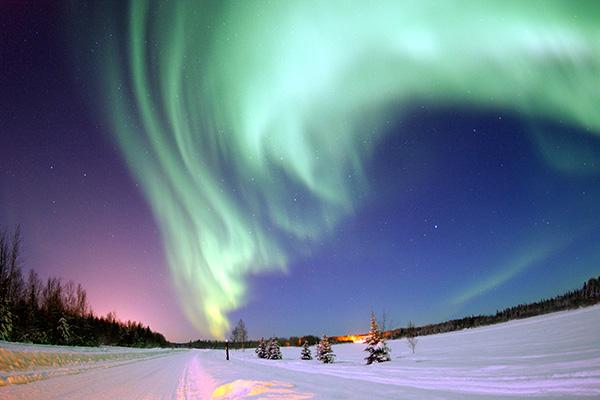What's Up? - Ohio Skylights December 2023

Constellations, Planets, and Astronomical Events Visible in December 2023
Author’s Note: Sorry for the delay! I am a 4th-year student at Ohio State, and I am currently applying for graduate school and in the heat of my final exams. Thank you all for your patience!
Happy December! We are in the final stretch of 2023; the nights are growing longer as we approach the Winter Solstice on December 22nd. While the weather may not reflect it, the winter solstice is the astronomical start of the winter season for the northern hemisphere. This year, the sun will rise on December 22nd at 7:51 am and set that evening at 5:09 pm, resulting in 9 hours and 18 minutes of daylight. Once the solstice has passed, we will begin to gain a few more seconds of daylight every day.
The new moon occurs on December 12th, just in time for the Geminids meteor shower (more on that below!) Later in the month, the full moon will rise on December 27th. This moon is known as the Cold Moon, as this is the time of year when we feel the cold shift in the weather.
The Geminids shower is coming this month! This meteor shower occurs annually from December 7th-17th, and it is widely considered as the best meteor shower to observe in the year. During its peak on the night of December 13th, it is expected to produce 120 meteors per hour! Normally, the light pollution and the moon would block many of the fainter meteors, but the new moon occurs at nearly the same time! For a really good show, travel to a dark sky sight such as the John Glenn Astronomy Park in Hocking Hills to see everything this meteor shower has to offer. The meteors will radiate from the constellation Gemini, which rises around 10 pm, but it will be better to view later in the night as Gemini climbs higher in the sky.
There is another meteor shower, the Ursids, that peaks this month. Unlike the Geminids, this meteor shower produces only 5-10 meteors per hour at its peak on December 21. The meteors will radiate from the constellation Ursa Minor (The Little Dipper) in the northern region of our sky after sundown. The waxing gibbous moon will make viewing this shower difficult, but if you have patience there will still be a few visible meteors.
Mercury and Mars are currently too close to the sun to view, but Venus is still visible in the early morning before sunrise. Jupiter has perfect visibility this month; it is already above the horizon at sundown, and it remains high in the night sky until it sets at 4 am. Saturn is close to beginning its journey behind the Sun. It is visible in the west just after sundown, but will set below the horizon by 11 pm. Uranus is close behind Jupiter; it will be in perfect condition to view (if the weather cooperates) and it does not set until 5 am. However, Uranus is so far away that it cannot be observed without the aid of binoculars or a telescope. Neptune is in a similar position as Saturn where it is near the western horizon, but it also cannot be observed with the naked eye.
With the Geminids meteors shower occurring this month, it is important to know how to find the constellation. The Gemini twins are found by the bright stars Castor and Pollux, but it can still be difficult to find these stars in the sky. Luckily, Orion is nearby! Orion is one of the most recognized constellations in the northern hemisphere with his signature belt, and the famous bright star Betelgeuse on his shoulder. To find Gemini, find Orion’s shoe Rigel, and draw a line through the belt and through Betelgeuse. This line will lead your eyes to Castor and the radiant point of the Geminids meteor shower.
Hope for good weather, and happy observing!
Sources:
Images:
Orbit Diagram: https://www.weather.gov/cle/Seasons
Geminids Meteor Shower:
Geminids Radiant Point: https://wtop.com/the-space-place/2020/12/geminid-meteor-shower-what-to-know-for-dec-13-14/
Ursids Radiant Point: https://skyandtelescope.org/astronomy-news/spot-decembers-ursid-meteors/
Orion/Gemini: https://stellarium-web.org/
